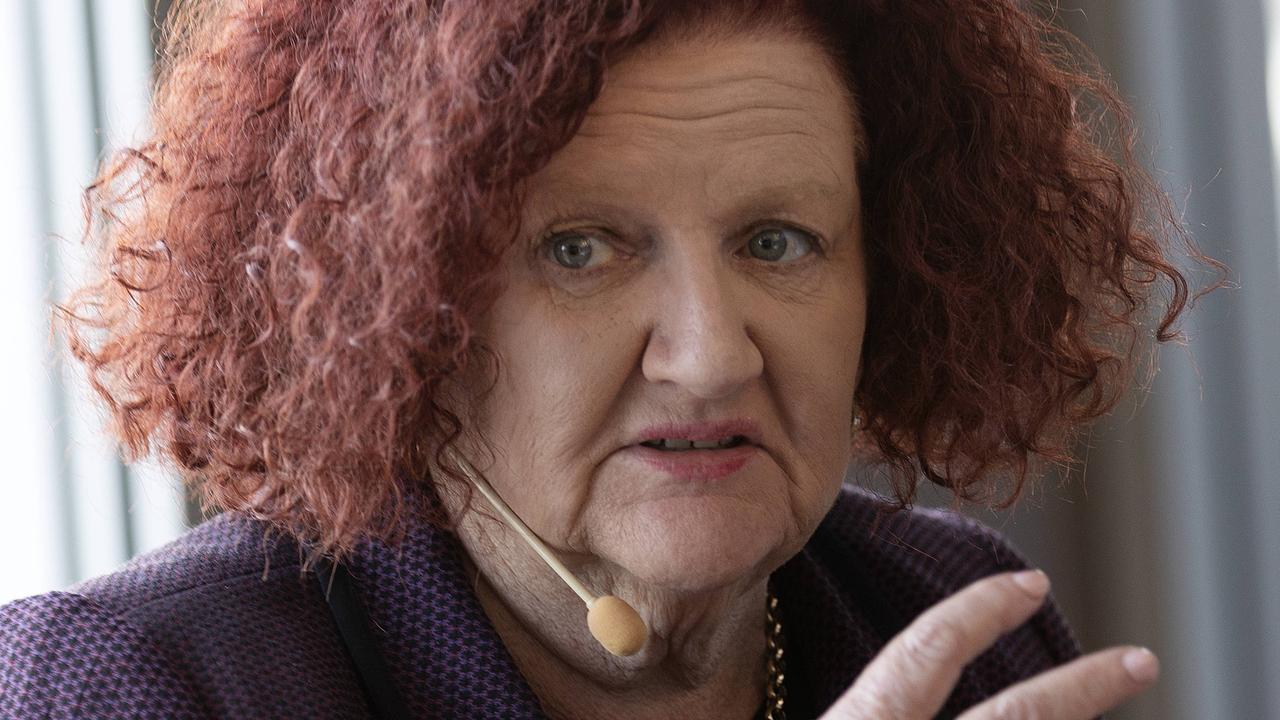OzGRav: Surfing the gravitational wave
A new centre of excellence will spur on Australia’s ambition to host its own gravitational wave detector.

The gravitational wave detectors that stunned the science world in February, after they picked up the signals of space-time ripples, cost US taxpayers about $1.5 billion.
Now Australia could achieve something similar with observatories it was building anyway, helped along by a federal government investment of just $31 million.
The funding for the new ARC Centre of Excellence for Gravitational Wave Discovery, announced last week, will focus Australian expertise in an extraordinarily promising new field of astronomy.
As well as interpreting data from the US-based Laser Interferometer Gravitational-Wave Observatory, or LIGO, which so far has confirmed at least two detections of space-time ripples, the new centre — to be called OzGRav — also will concentrate Australia’s ambitions to host a rival detector.
OzGRav director Matthew Bailes, a Swinburne University astrophysicist who recently was handed a key role in a $100m quest to find alien life, said LIGO was “tuned” to pick up the short gravitational waves from colliding neutron stars and black holes.
But it lacks the capacity to detect ripples with longer wavelengths generated by burnt-out stars known as white dwarfs. And it is particularly insensitive to the gravitational waves produced by “supermassive” black holes, which have wavelengths lasting years.
However, naturally occurring phenomena called millisecond pulsars — rotating neutron stars that pump out X-ray signals with metronomic consistency — provide an ideal gauge for detecting the tiny variations caused by these extraordinarily long gravitational waves.
And Australia has the world’s leading facility in this type of science: NSW’s Parkes radio telescope, which played a role in the first lunar landing back in 1969 and is regularly upgraded.
Professor Bailes said Australia’s ability to monitor millisecond pulsars would be boosted further by the Square Kilometre Array sprouting in the West Australian outback.
“When people talk about gravitational wave detectors they don’t really talk about radio telescopes,” he said. “Radio telescopes have dozens of scientific goals, one of which is gravitational wave astronomy, (whereas) gravity wave detectors are pretty much single-use facilities”. On the downside, it could take a decade or so to detect this type of wave. “They’re not a burst of gravitational waves; they’re more of a continuous train,” he said. “You can’t just turn it on and there it is.”
The centre corrals the expertise of 18 institutions, including 10 overseas groups. It also will claim up to 35 per cent of processing time on Swinburne’s new $3.5m supercomputer.
Much of the theorising about gravitational wave signals, and what they mean, is being undertaken at Melbourne and Monash universities. The University of Western Australia is focusing on isolating vibrations to produce purer signals.
The University of Adelaide is working on better cameras to improve detectors’ sensitivity. It also is developing new types of lasers tipped to be required in next generation detectors.
The Australian National University is researching a way of “squeezing” light in an effort to beat the “uncertainty principle”, which limits the precision of measurements.


